Today 10:31 AMoj
This is the last one for the year and coming up quickly. This session will have mini seminars going on at the same time. We'll have Bill Anderson (rescheduled from the 1st gathering) delving into the flathead assembly esp the unique valve train geometry and adjustment; Mike Whitt (we hope, although he is starting to get cold feat) setting up a ford 9" gear set; John Wessels on rebuilding strombergs and holley 94's; I'll be doing carb theory, rebuilding other carbs; John Dayton will rebuild and bush the lever action shocks; Dave Krolak will come down to go into brake systems.
I'll open the shop around 8am woth coffe and donuts etc, we'll get started around 10am, have a deli-style lunch and continue until whenever, last guy out turns the lights off and locks the door ok?
We can also do specail demos, inclwelding and machine operation etc - just ask.
shop ph is 540-955-0479; cell 540-539-4293
Clarke Co. Speed
607 E. Main St.
Berryville VA 22611
thanks, oj
This is the last one for the year and coming up quickly. This session will have mini seminars going on at the same time. We'll have Bill Anderson (rescheduled from the 1st gathering) delving into the flathead assembly esp the unique valve train geometry and adjustment; Mike Whitt (we hope, although he is starting to get cold feat) setting up a ford 9" gear set; John Wessels on rebuilding strombergs and holley 94's; I'll be doing carb theory, rebuilding other carbs; John Dayton will rebuild and bush the lever action shocks; Dave Krolak will come down to go into brake systems.
I'll open the shop around 8am woth coffe and donuts etc, we'll get started around 10am, have a deli-style lunch and continue until whenever, last guy out turns the lights off and locks the door ok?
We can also do specail demos, inclwelding and machine operation etc - just ask.
shop ph is 540-955-0479; cell 540-539-4293
Clarke Co. Speed
607 E. Main St.
Berryville VA 22611
thanks, oj


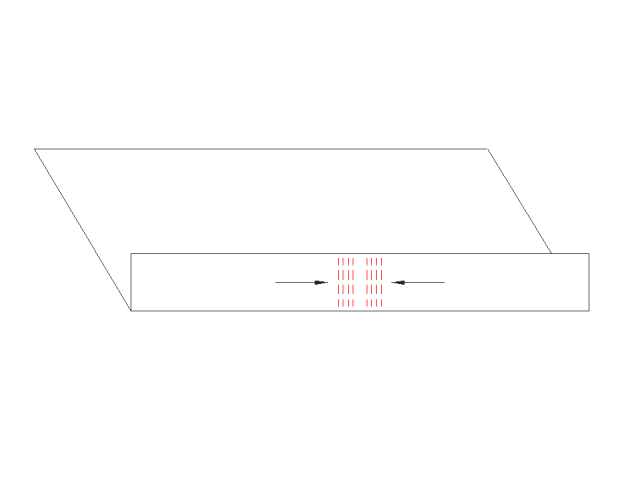
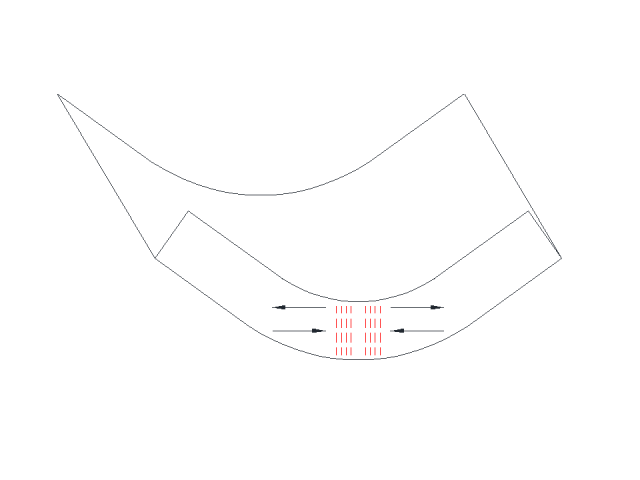
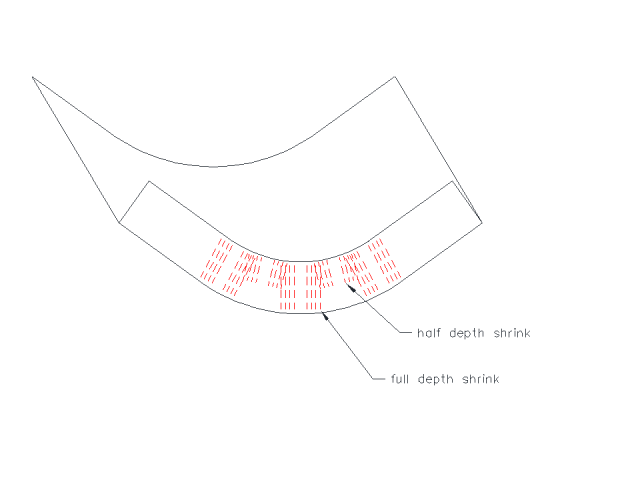
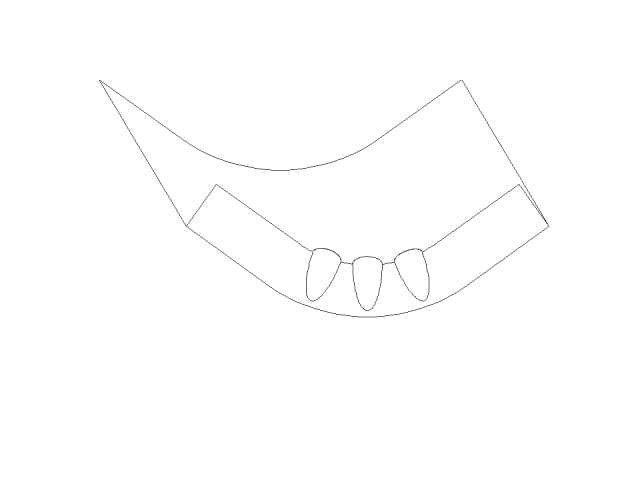
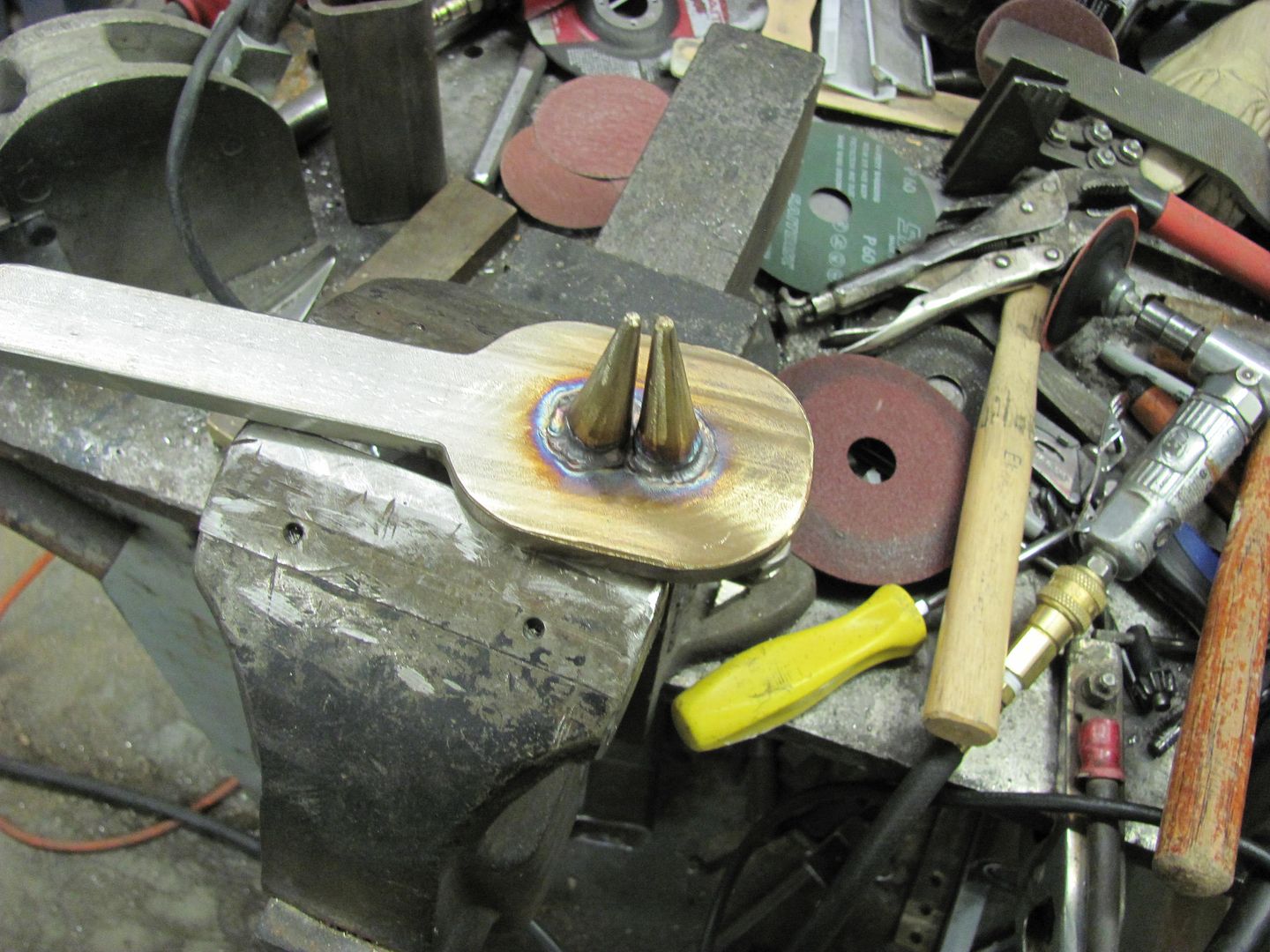
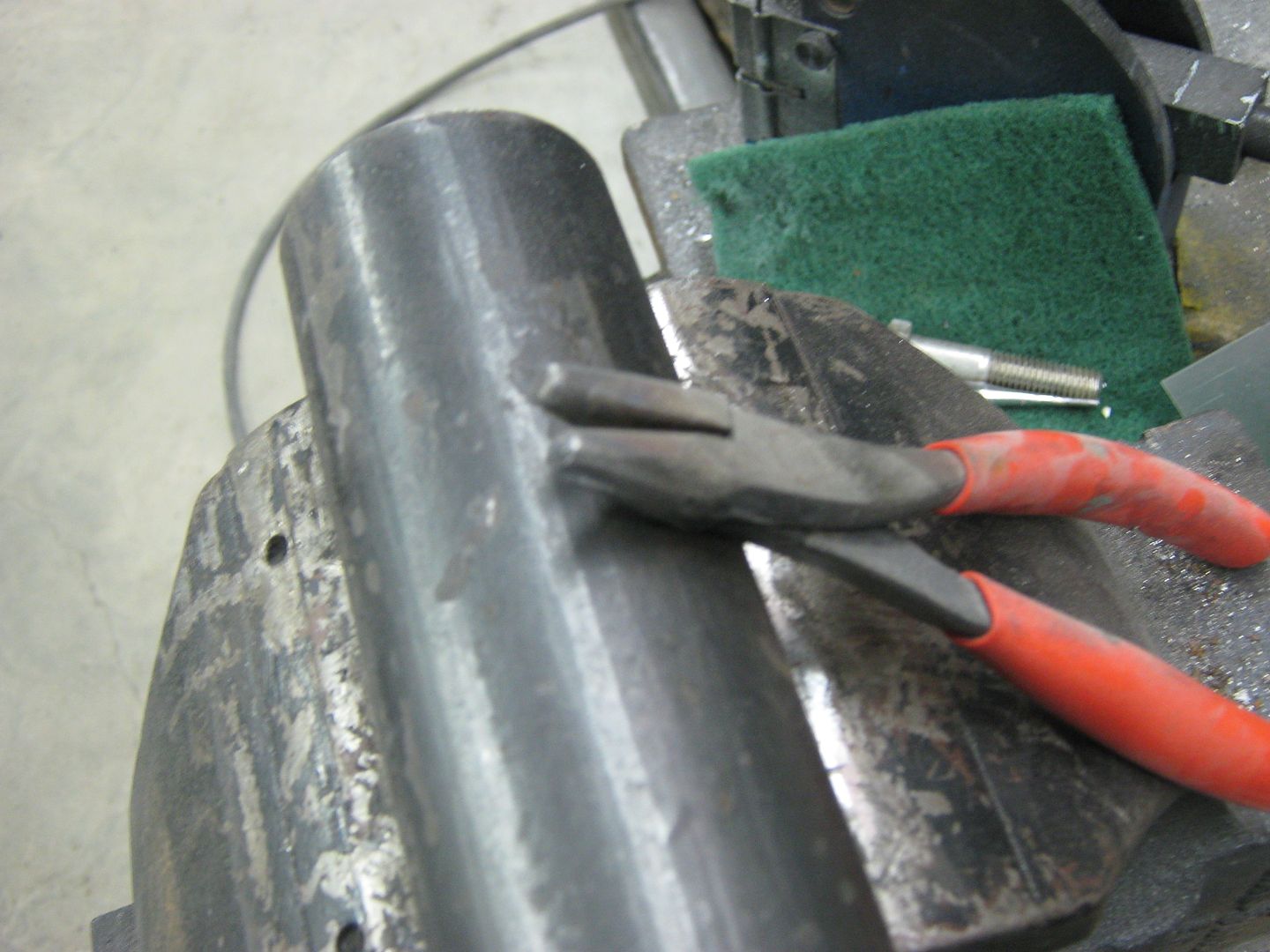
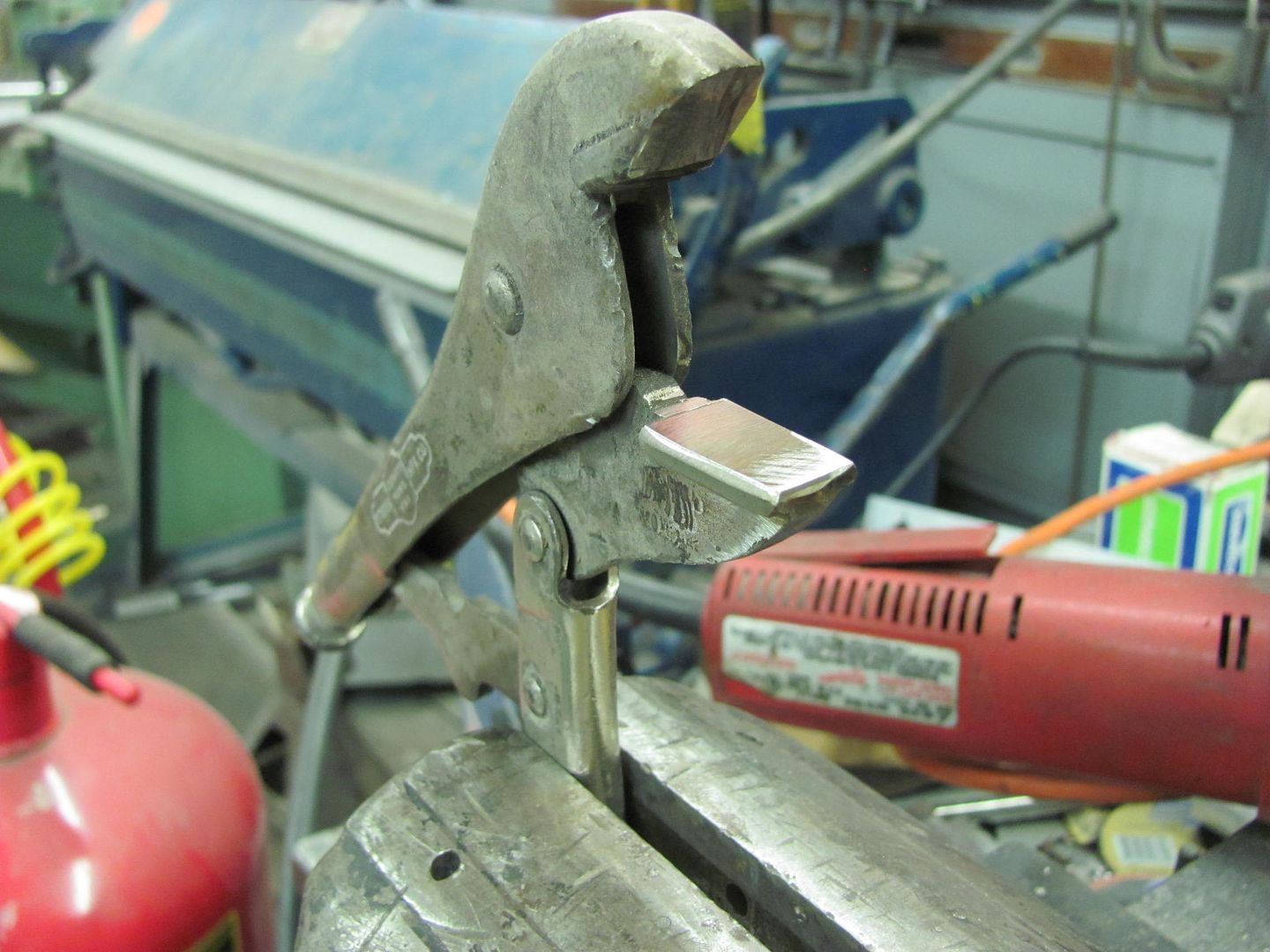
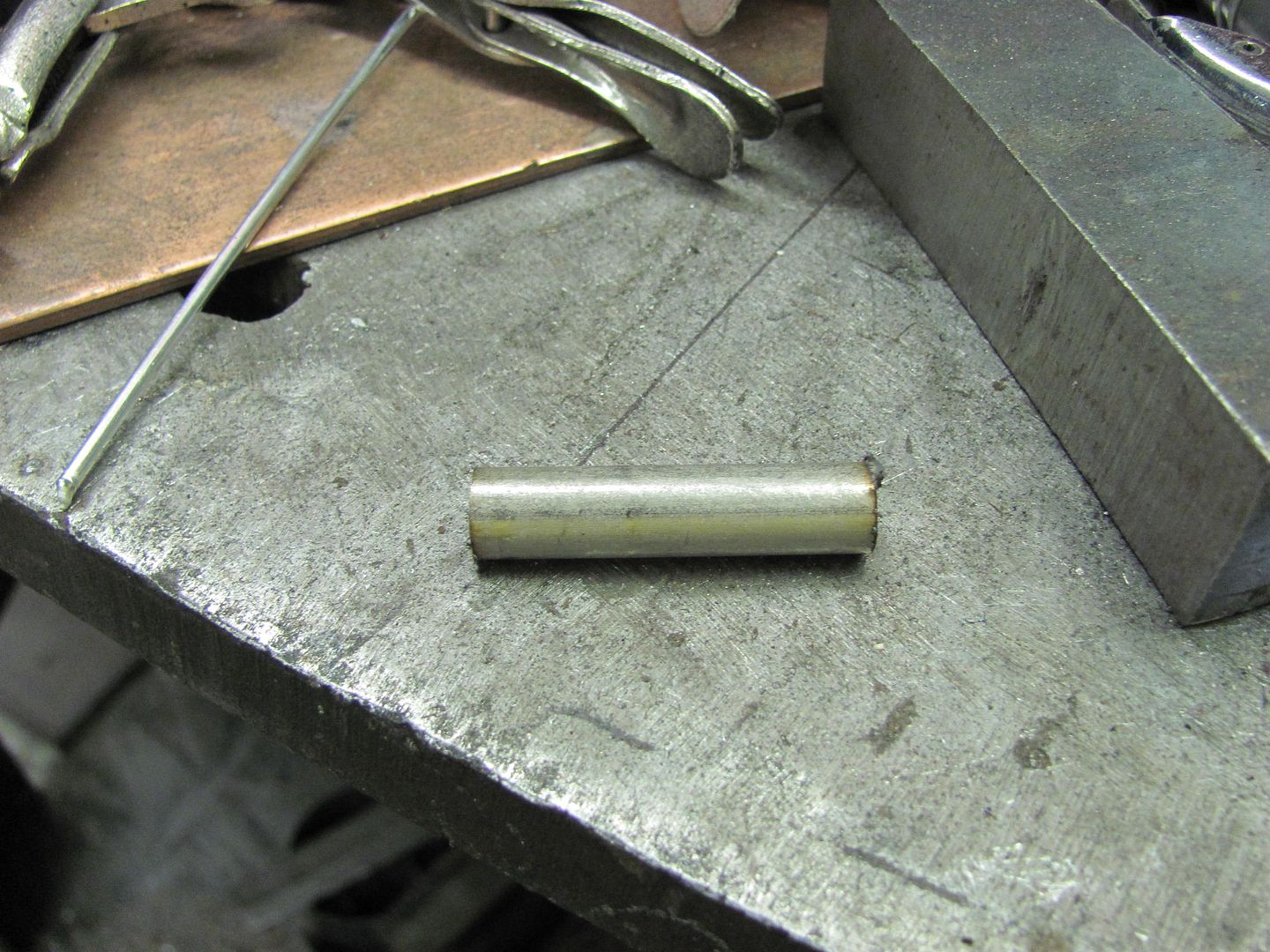
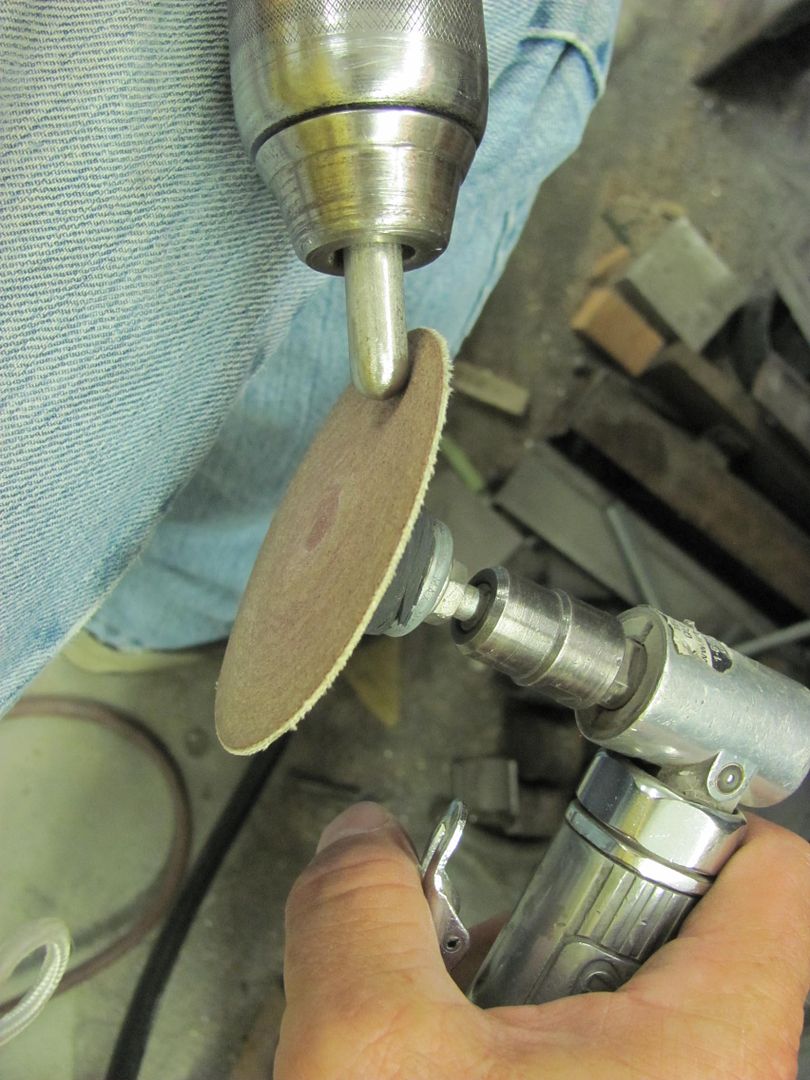

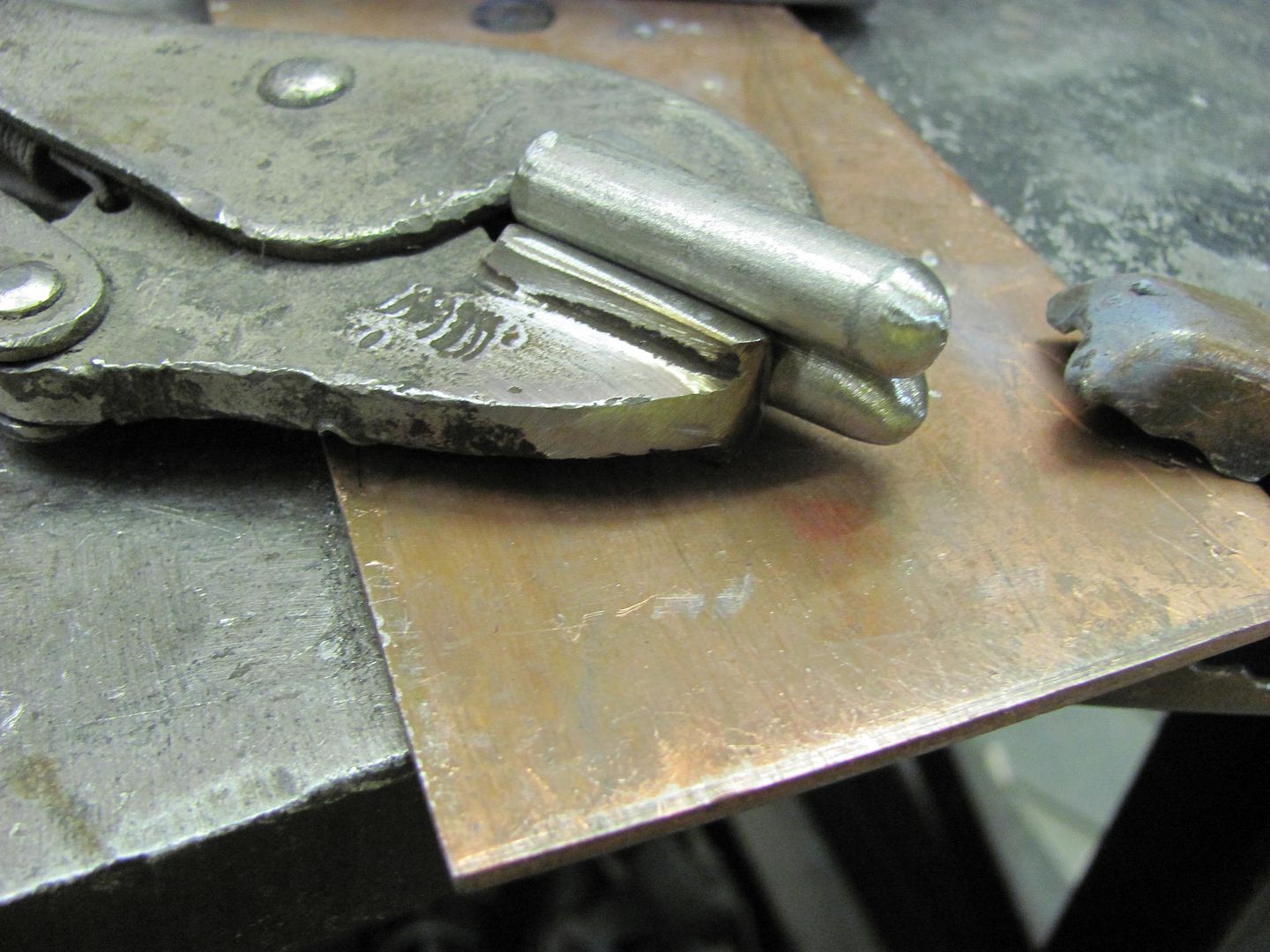
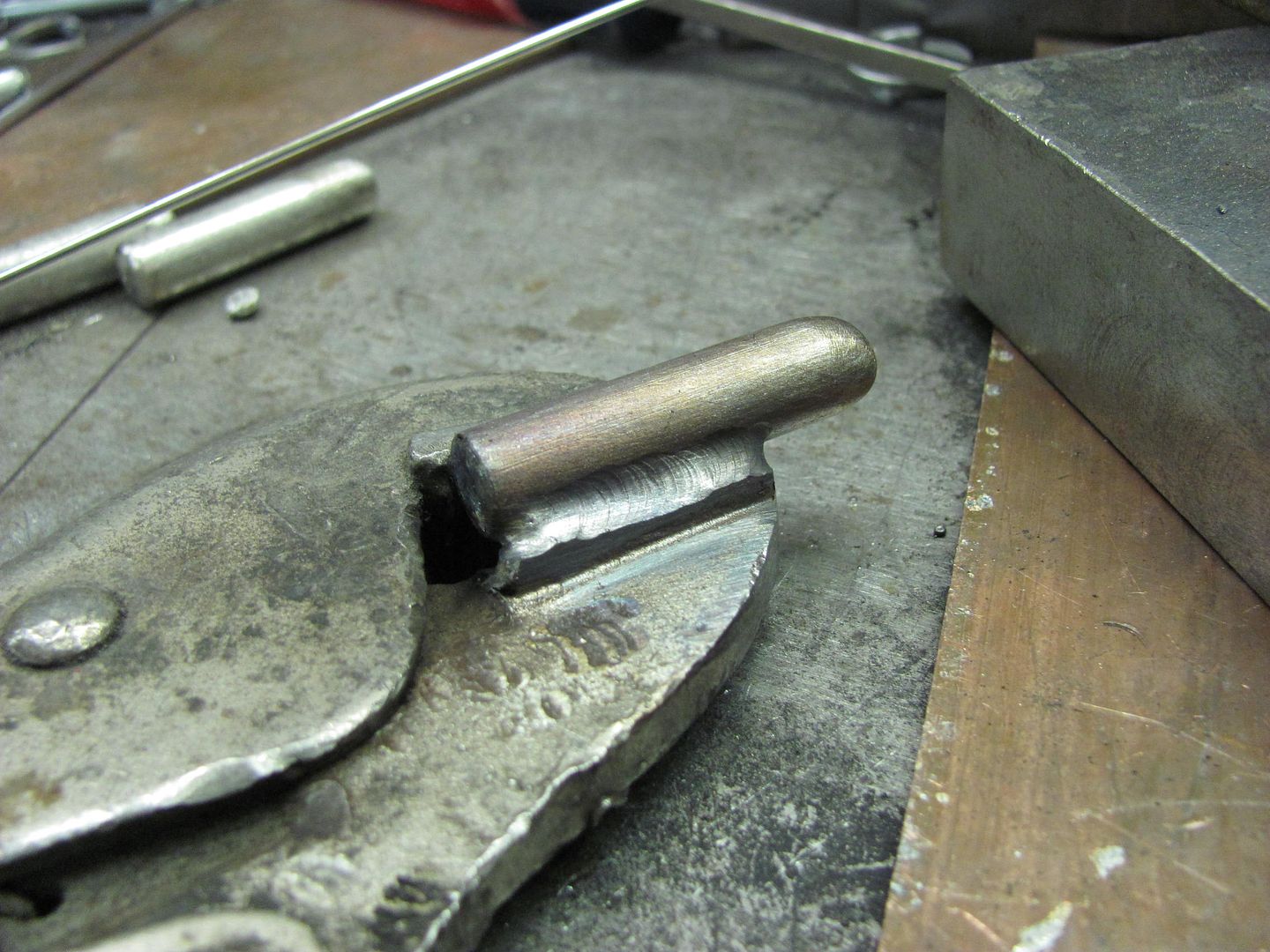
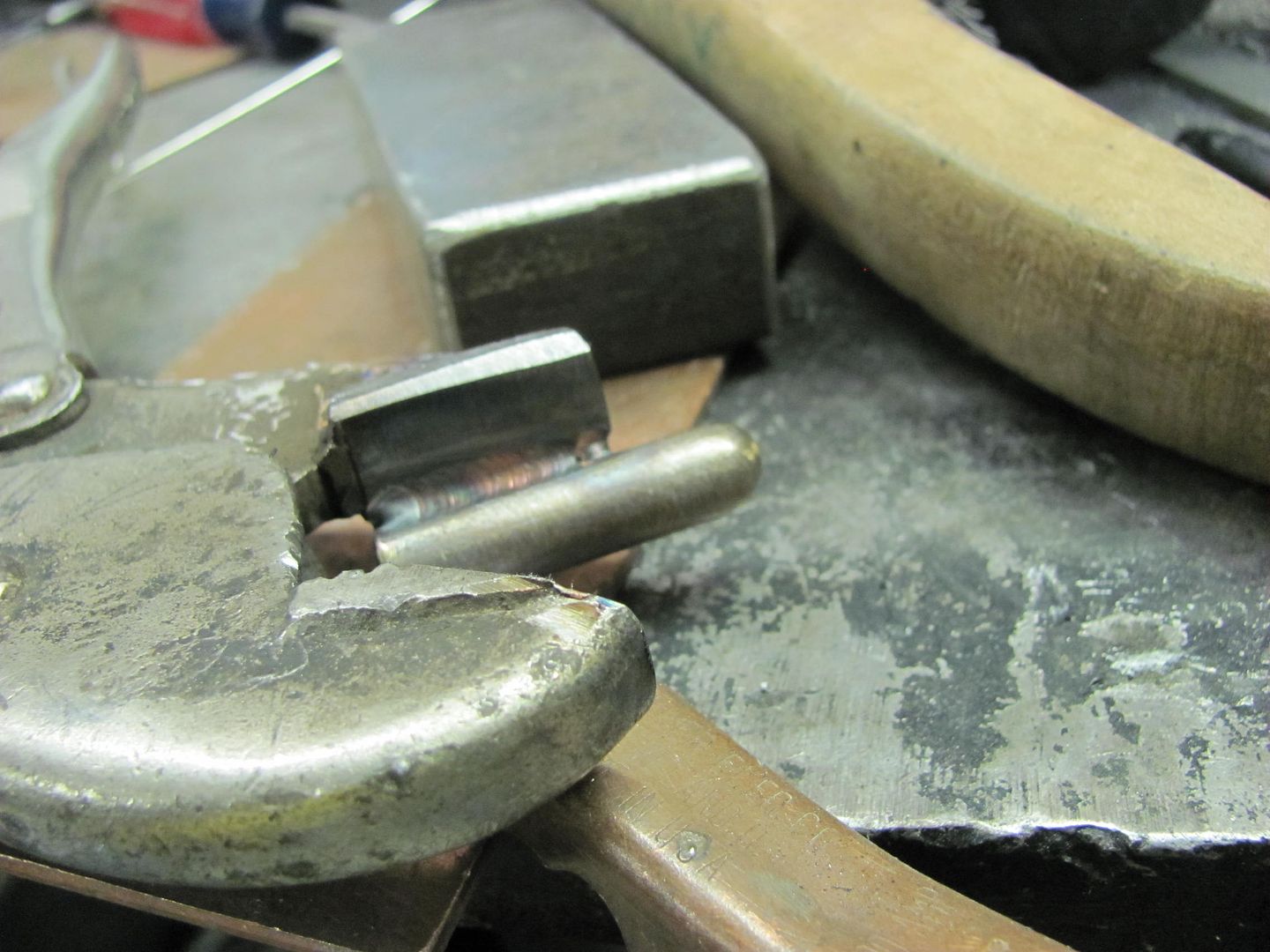
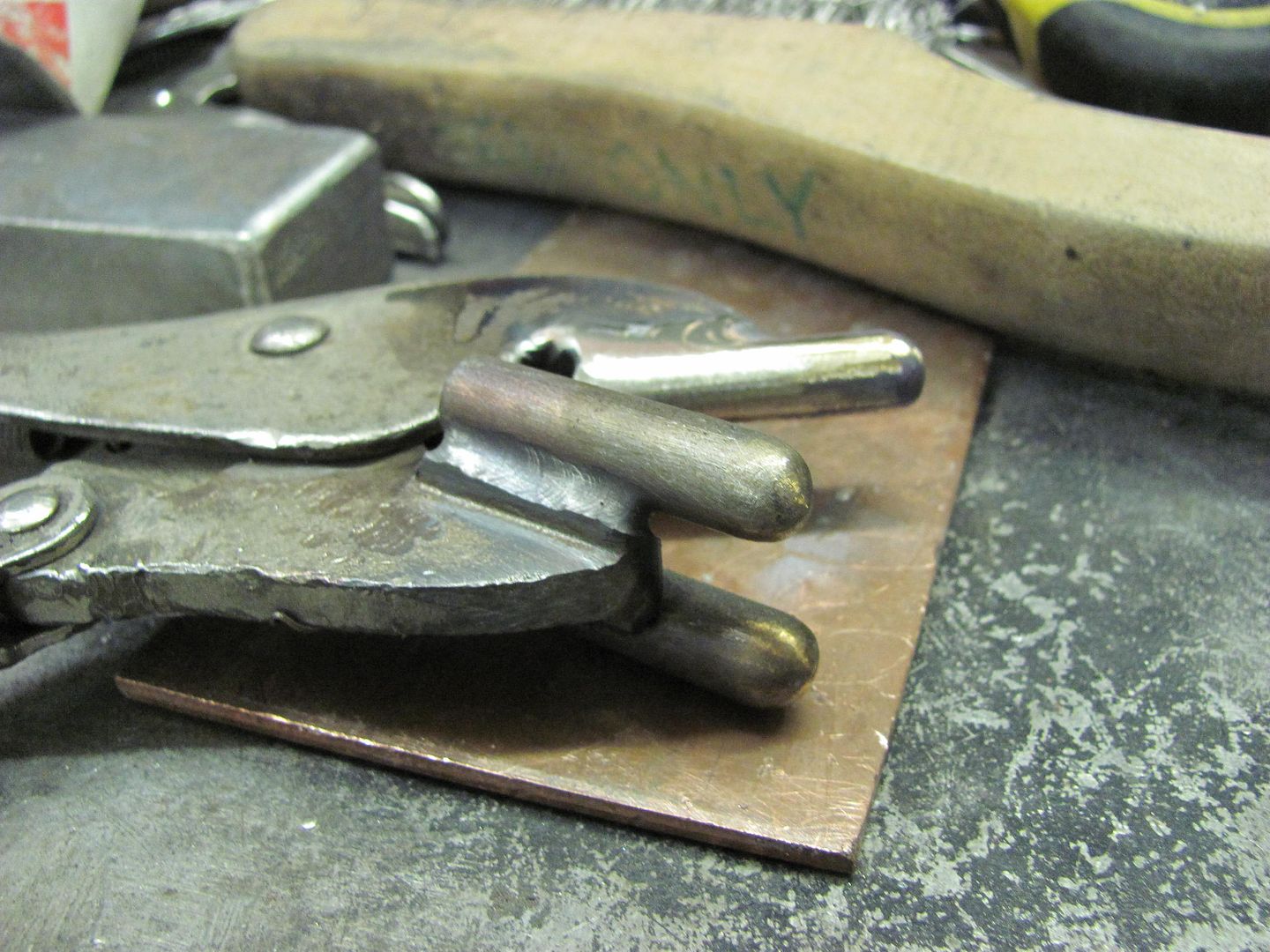
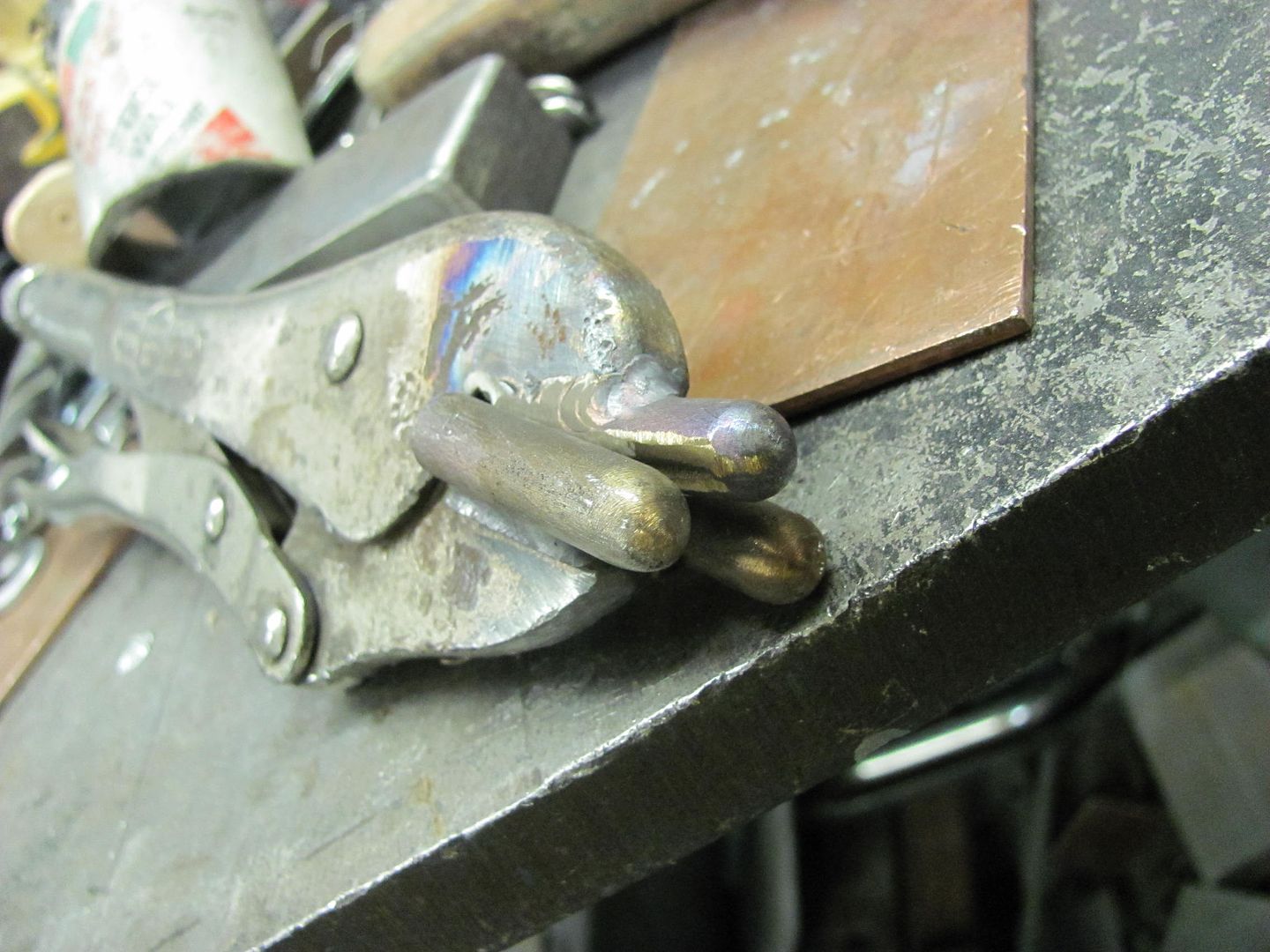
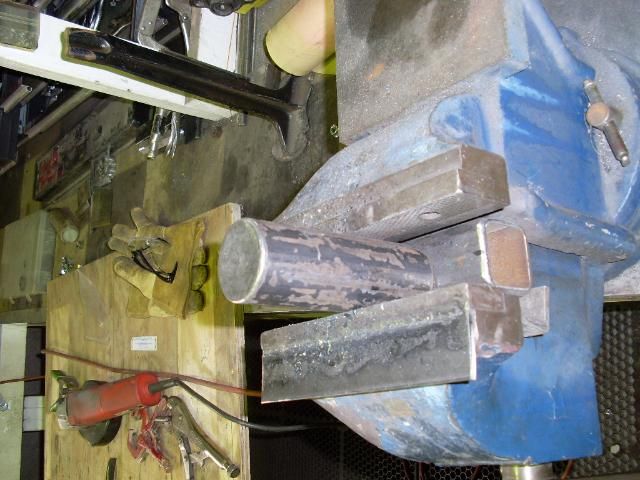
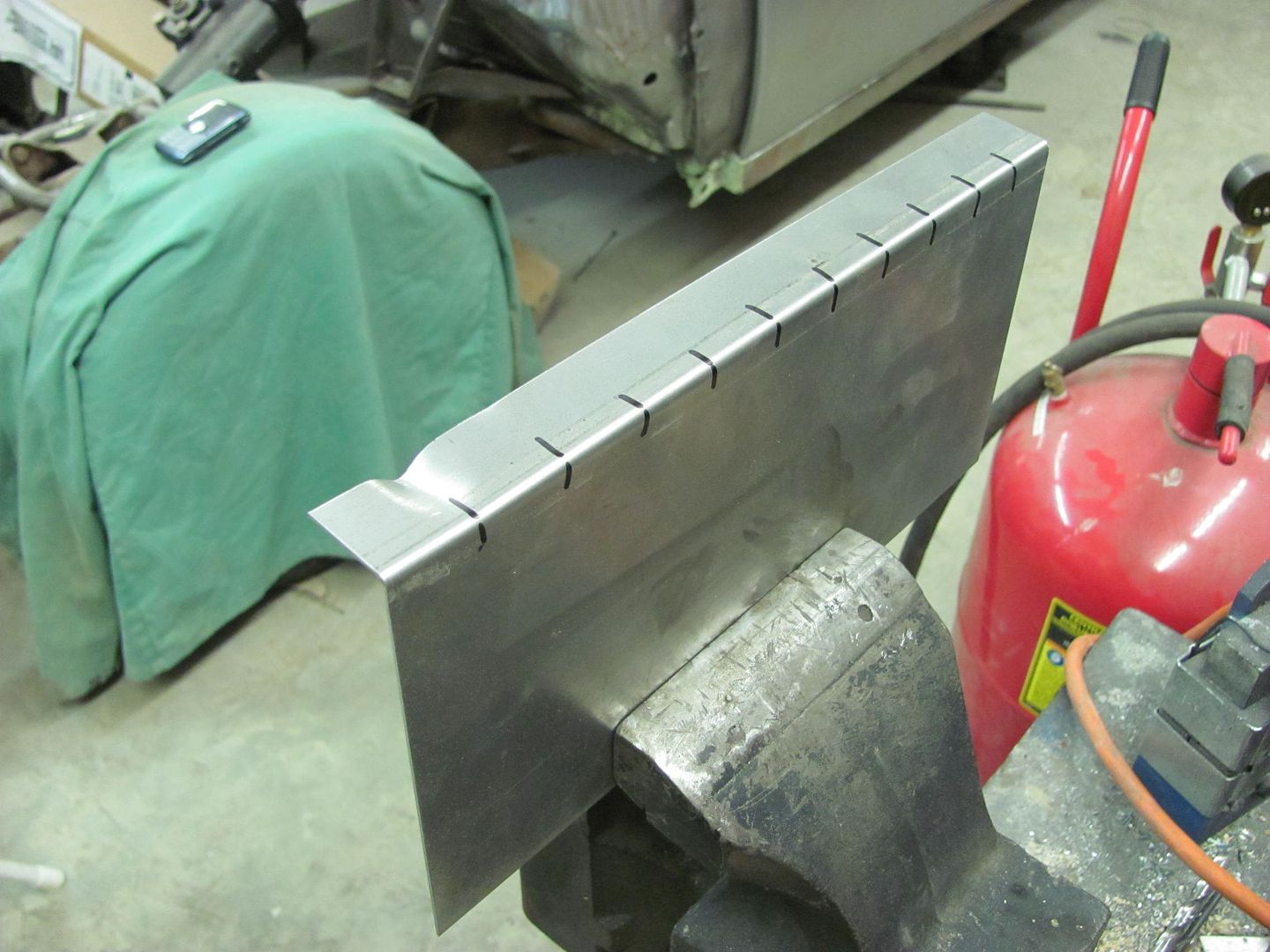

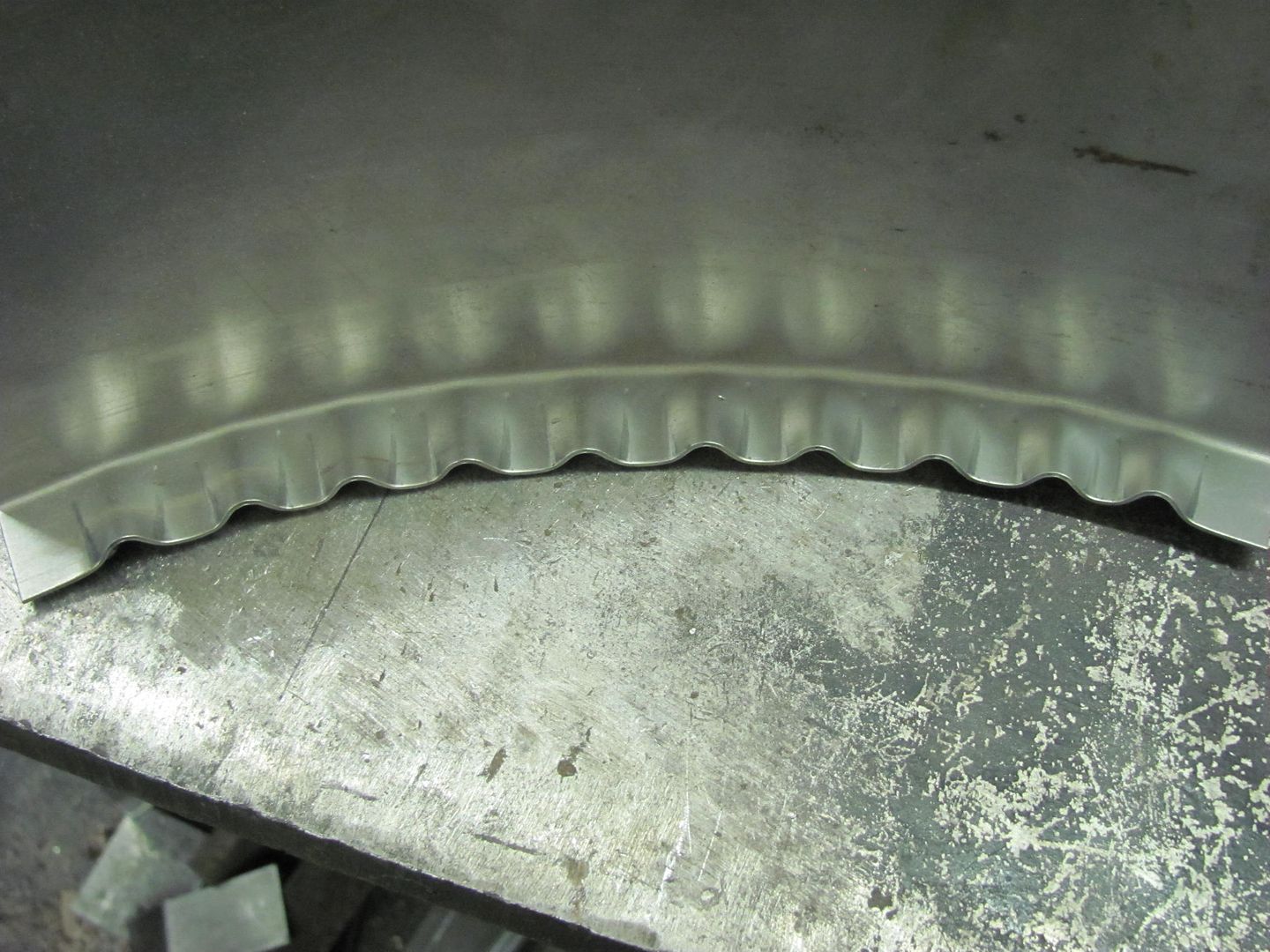
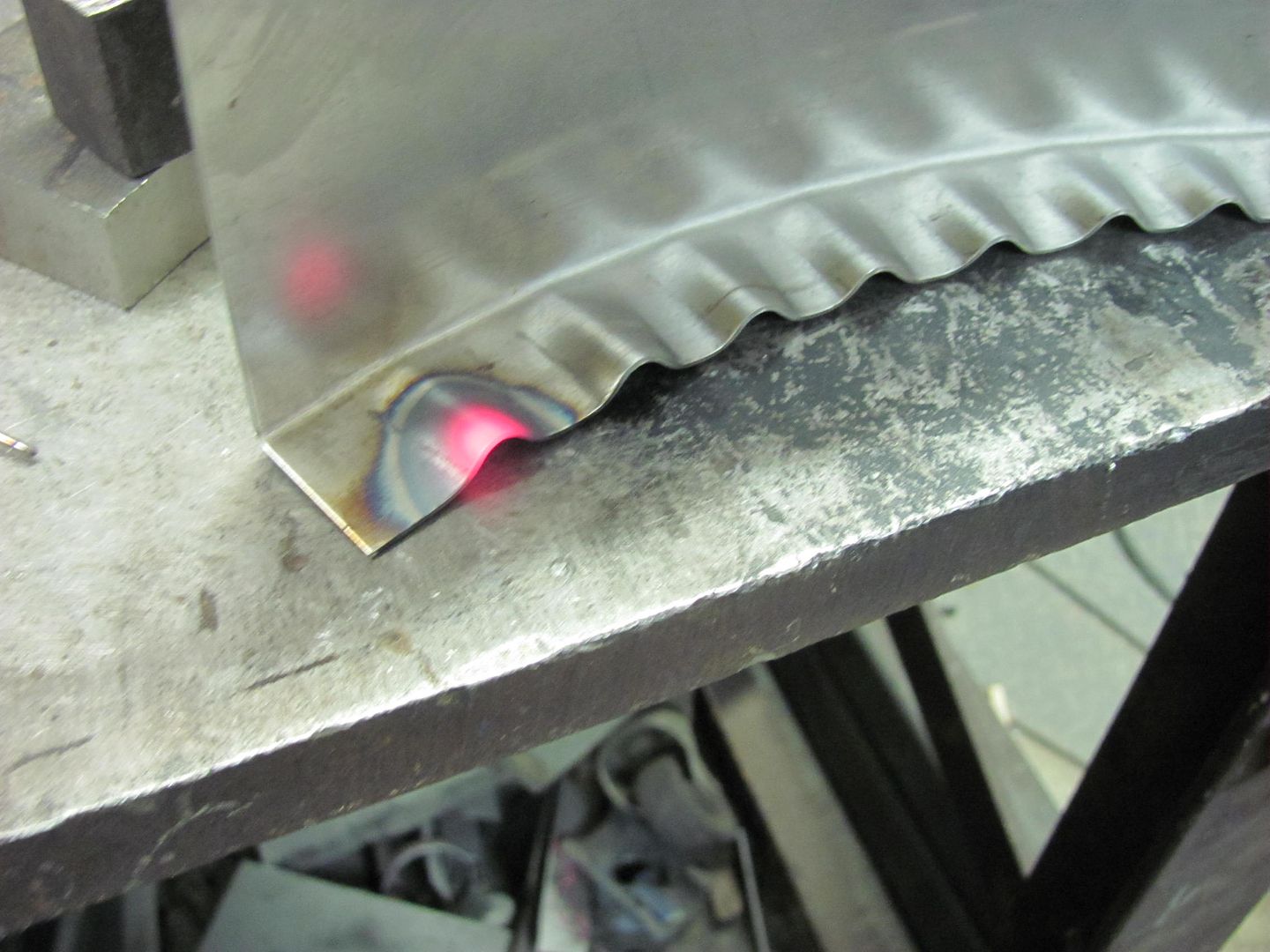
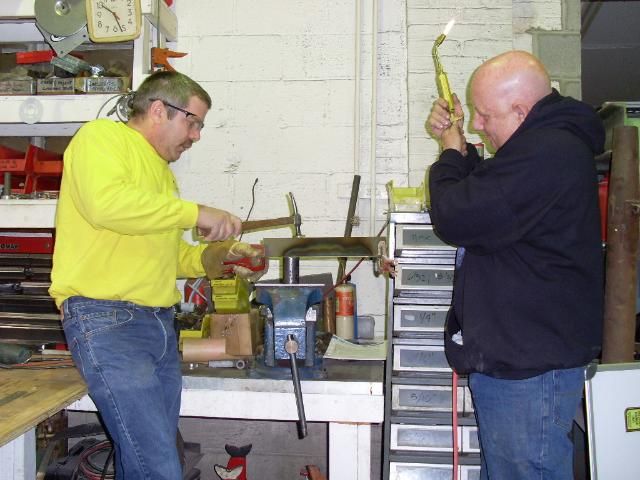
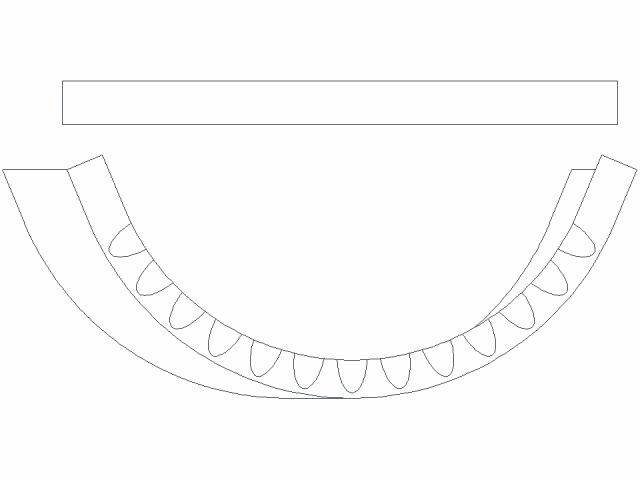



Comment